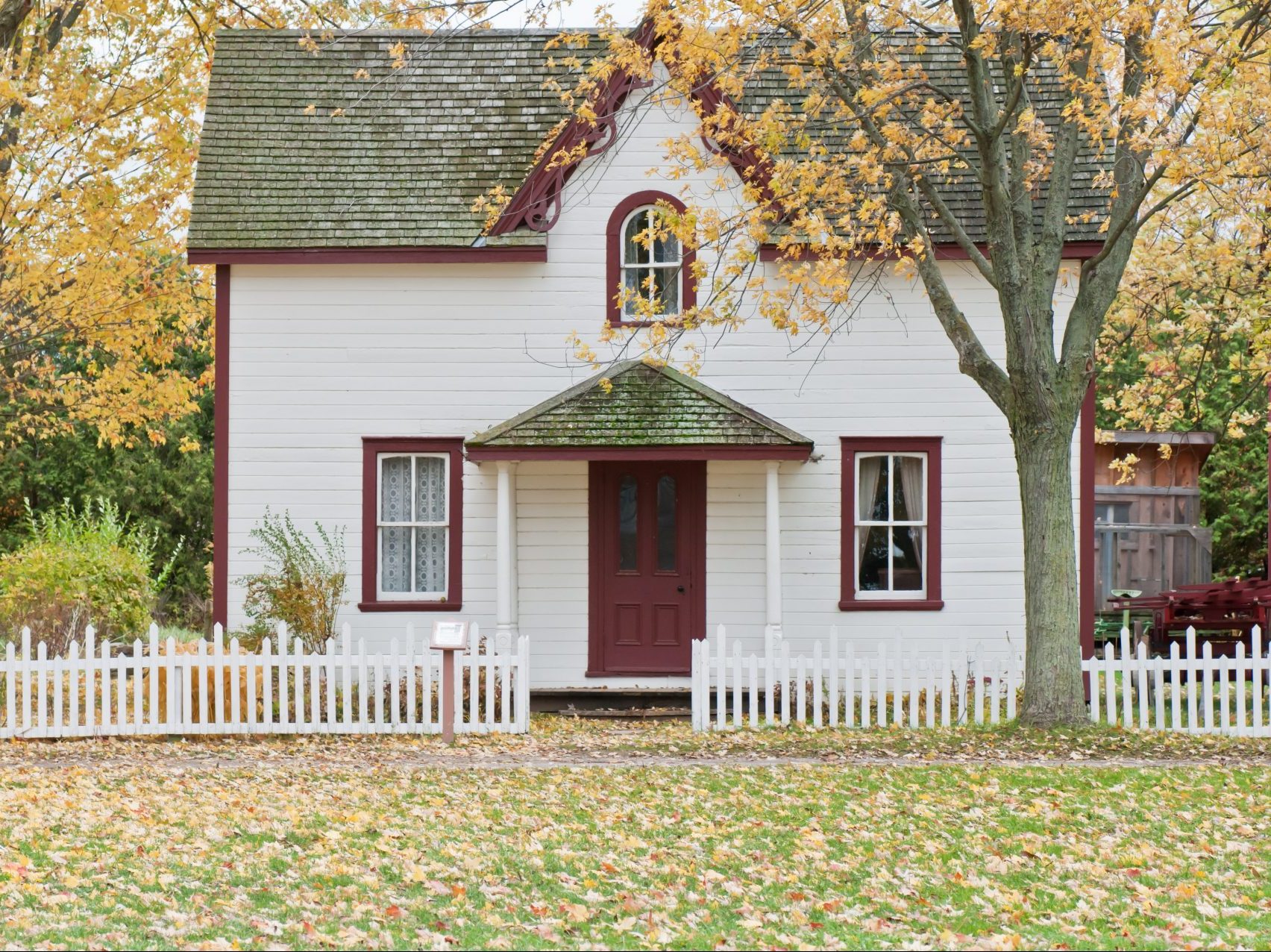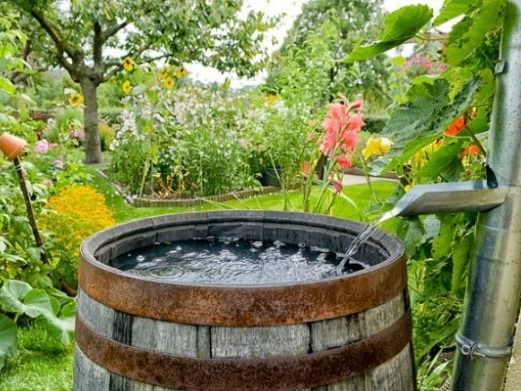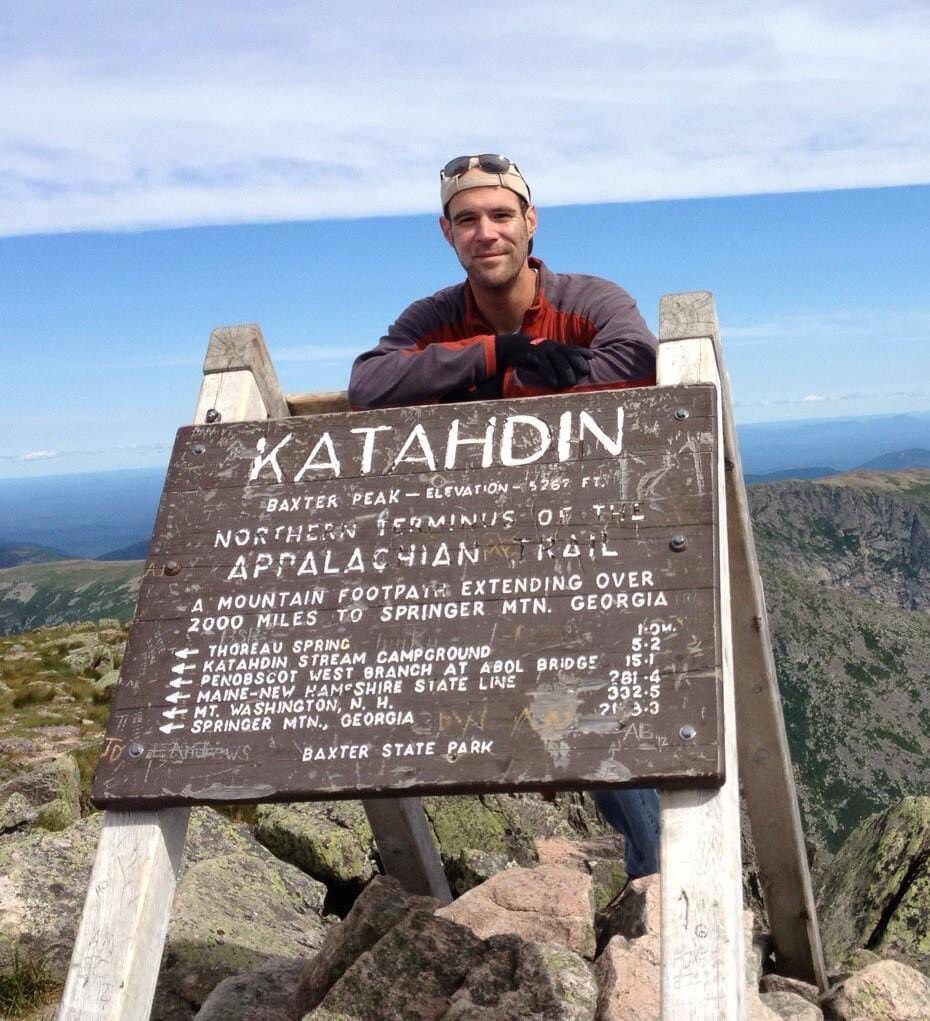
Stay Cool in Summer with Long-Range Thinking
July 20, 2021
7 Ways to Conserve Biodiversity in Your Neighborhood
August 11, 2021

Featured Ecologist: Jonathan Appelbaum, MESM
Who or what inspired you to become an ecologist?
Well actually, it was high school detention which involved collecting the recycling bins at school once a week on Tuesday. The program was run by our Ecology teacher Mr. Roberts. Mr. Roberts had the coolest classroom with things like skulls, live snakes, track casts, fossils, and maps. I became interested in studying the natural world and took the passion and ran with it. Secondarily, my undergraduate internship with the UCSB Museum of Systematics and Ecology Habitat Restoration Club got me out in the field learning how I could restore habitats around campus. I guess from there I felt like my career needed to be based in the field and always be making a difference.
What is a typical day like for you at work?
There really is no such thing as a typical day for me. One day I can be supervising a habitat restoration project in San Marcos, the next day I can be monitoring vegetation in the San Dieguito Lagoon, and the day after that I can be picking up plants at the nursery and planting them on one of our field sites. Some days I go to the Del Mar Fairgrounds and maintain the constructed treatment wetlands that we designed, and other days I explore a local mitigation banking site and ponder puzzles like how to improve the habitat and help our clients investment yield more mitigation credits.
Where is your favorite place to spend a day doing field work?
I’m biased, but its got to be the San Dieguito Lagoon. I have been working in that lagoon for five years and I have watched it come back to life with considerable restoration efforts. The work I’ve done on the Channel Islands, Tejon Ranch, and Pt. Reyes National Seashore are the most memorable and exciting of course, but the San Dieguito Lagoon is where I can witness the results of a lot of hard work and really reflect on why I became a restoration ecologist in the first place.
Over the course of your career with Great Ecology, is there one project that stands out among the others? Why?
The San Marcos Highlands Restoration Project stands out the most because the amazing team that I get to work with. The client (KB Homes) is great to work for. The Great Ecology Team is outstanding. And the neighbors are very interested and passionate about the natural environment. We play and integral role in the restoration implementation and I look forward to seeing how our efforts will eventually improve wildlife habitat in Agua Hedionda Creek even beyond the limits of the development itself.
If you had free reign and unlimited resources, what environmental issue would you most like to tackle?
Just about every environmental issue, when it all boils down, is connected to justice. Water quality, air quality, climate change, urban sprawl. These all disproportionately affect minority and working-class communities more that wealthy communities. I love to look for solutions that provide multiple benefits and realize improvements for overlooked, under-served, and disadvantaged communities. I particularly see urban streams, parks, and green spaces as opportunities to restore and enhance environmental values for under-served communities while also improving things like water quality, wildlife habitat, and reducing urban heat islands. As a bonus, many private, local, state, and federal grant programs actually fund restoration projects based in disadvantaged communities.
Do you have any advice for people considering a career as an ecologist?
Peoples paths all look a little different. If you are serious about pursuing ecology, you have to be dedicated and persevere. It can be difficult to find an entry-level job sometimes. Don’t give up! Join your local land trust or other community-based habitat restoration non-profit and gain some experience as a volunteer. Take coursework to build field and office skills like GIS. Look into professional societies like The Wildlife Society, Society for Conservation Biology, or Ecological Society of America. These societies offer networking opportunities, training opportunities, and the most complete and up-to-date job postings. Finally, develop your writing skills. I had a breakthrough in my career when I decided to learn grantwriting and offered to do grantwriting as a volunteer. Lots of folks can do fieldwork. The hard part is communicating to funders, clients, and agencies the how, the what, and the why behind the fieldwork. If you want to learn more, don’t hesitate to ask…

